In 2017, the MAMC+ was contacted by the Fuji Art Museum in Tokyo. A major exhibition on the splendour of French painting is now underway. The Japanese museum would like to present two of our masterpieces: L'Entrée du Christ à Jérusalem [Christ Enters Jerusalem] painted by Charles Le Brun, painter to King Louis XIV, and Politès painted by Hippolyte Flandrin, one of the students of Ingres.
The exhibition Through the Eyes of René Huyghe: The Splendor of French Paintings brings together artworks from all over France. It was first presented in Tokyo from 5 October 2019 to 19 January 2020, then in Dazaifu (Kyushu National Museum) from 4 February to 29 March 2020 and finally in Osaka (Osaka City Museum of Fine Art) from 11 April to 14 June 2020. The MAMC+ has accepted to lend these two paintings free of charge, thereby enjoying a unique chance to showcase its works in the Land of the Rising Sun.
Explore the phase of preparation of these two artworks step by step:
A METICULOUS INSPECTION
Once the request for the loan was received, the museum team verified that the artworks were in a suitable condition for travel. While the painted surface of the Charles Le Brun work was being attentively observed, one detail attracted attention: the pictorial layer (painted surface) presented an irregular appearance. The Museum asked for the advice of a restorer. She scrutinised the painting down to its slightest details: small segments of paint no longer adhered sufficiently to the canvas and were at risk of falling in the event of transportation. The pictorial plane had risen. The Hippolyte Flandrin painting presented the same alterations.
It would have been impossible to allow the two artworks to travel without the restorer’s intervention.
PREPARATION AND INSTALLATION
The restoration takes place on a Tuesday, the day the museum is closed. The artworks are installed in an exhibition room temporarily transformed into a restoration workshop.
The polycarbonate backing protecting the back of the paintings is removed. The restorer can then access every nook and cranny and check that there are no other alterations.
The artworks are laid out on foam arranged on the floor. The reparation of the raised sections effectively requires flat treatment.
A bridge was installed above the works to allow the restorer to reach the zones for treatment. The large dimensions of these paintings – over 2.5 metres – requires working in some rather uncomfortable positions!
RESTORATION
The restorer applies sturgeon glue to the raised sections. The latter are progressively put back in place with the aid of light sacks of lead and a heating spatula.
Once this phase is completed, the restorer carries out the dusting of the paintings using a paintbrush and a special vacuum cleaner. No dust or spores will be ejected into the air.
The restorer finishes with a small touch-up of the varnish covering the pictorial layer.
PACKING INTO CRATES
The artworks are finally ready to go!
They are installed in crates made to measure for this journey to Japan. They are held in place by several layers of foam to protect them from the vibrations during transport. Polystyrene panels line the interior of the crates, rendering them isothermal. The variations in temperature and hygrometry are thus reduced in the crates. Obviously, the artworks cannot undergo severe changes in atmosphere during the various phases of transport.
The artworks leave the MAMC+ under the vigilant eye of the museum team.
400 LOANS PER YEAR
65 RESTORATIONS PER YEAR

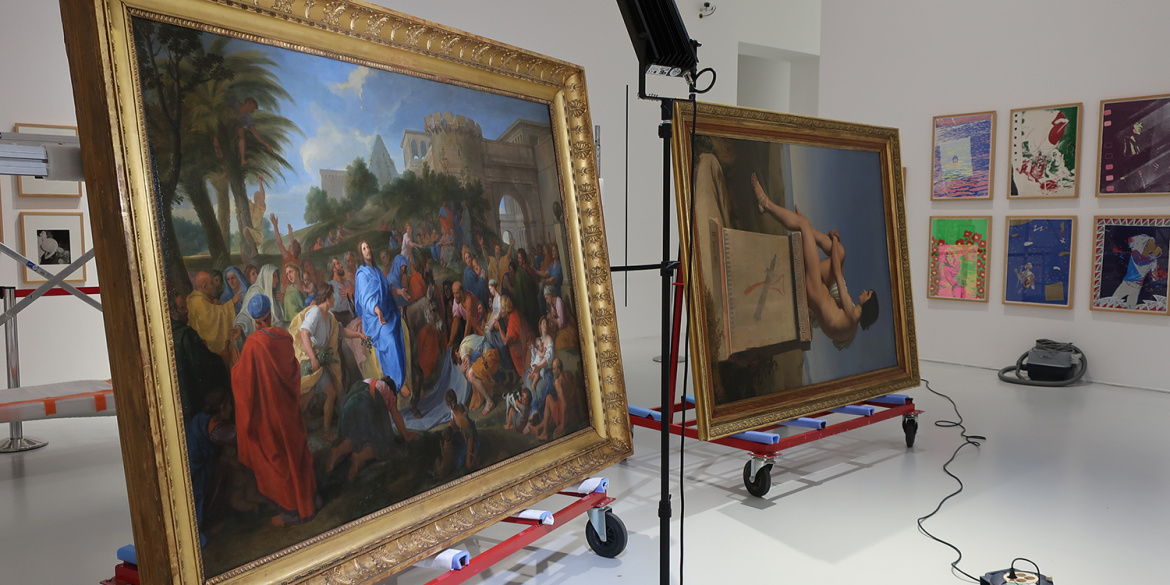
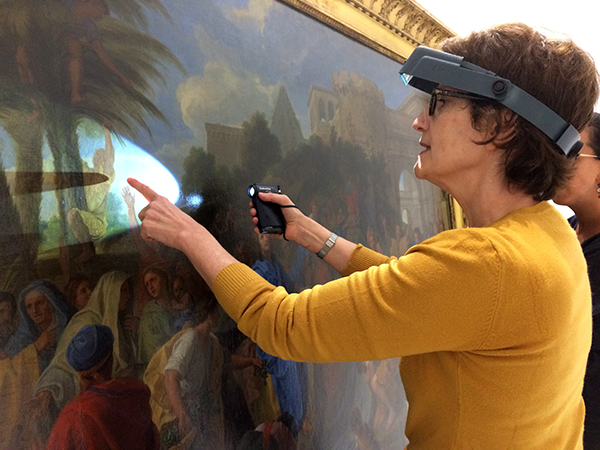
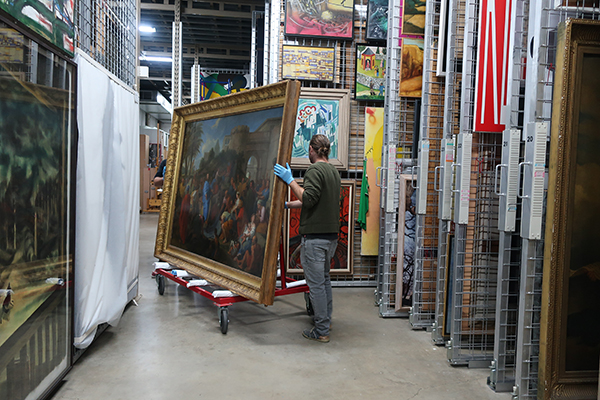
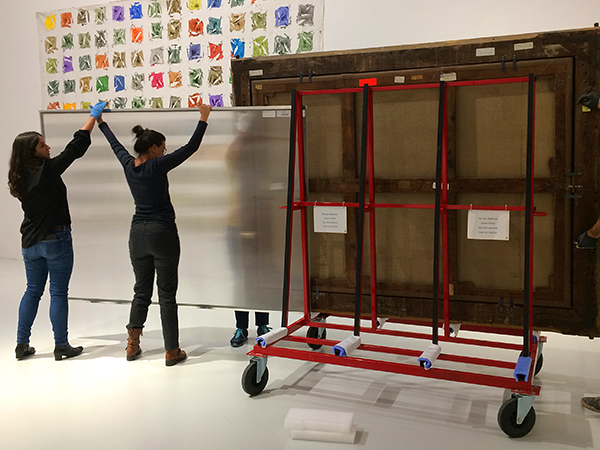
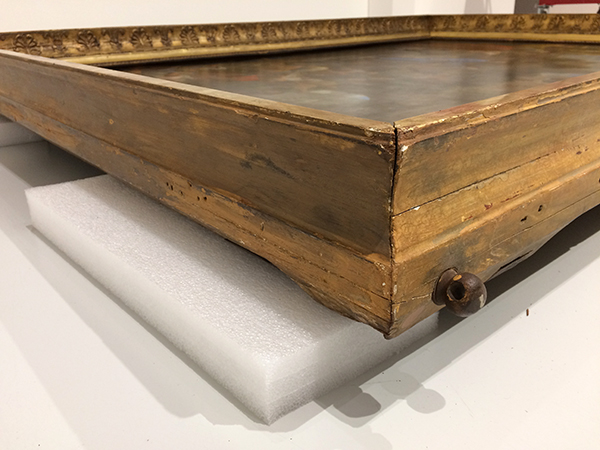
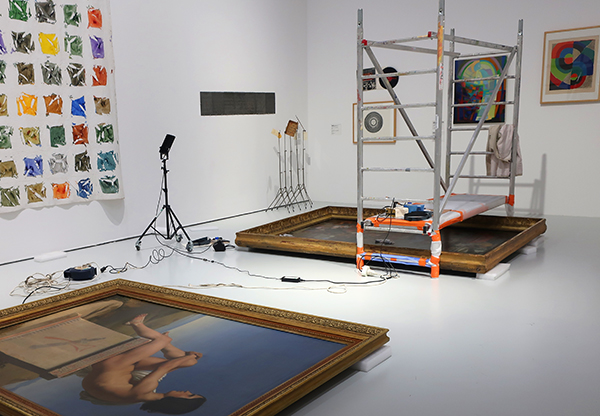
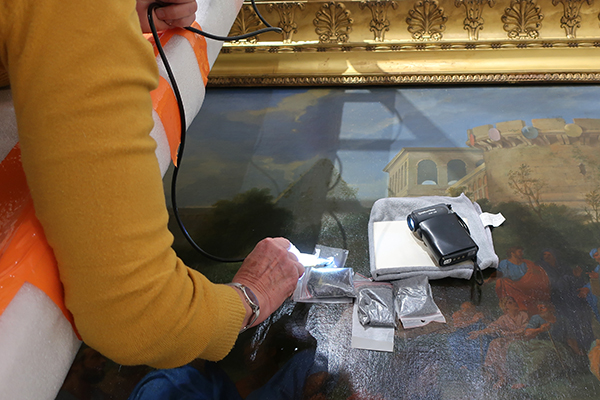
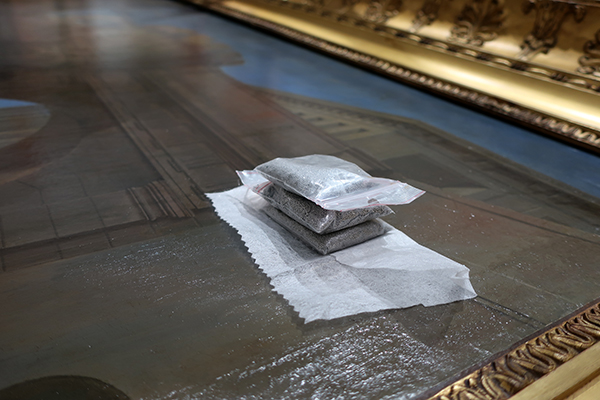
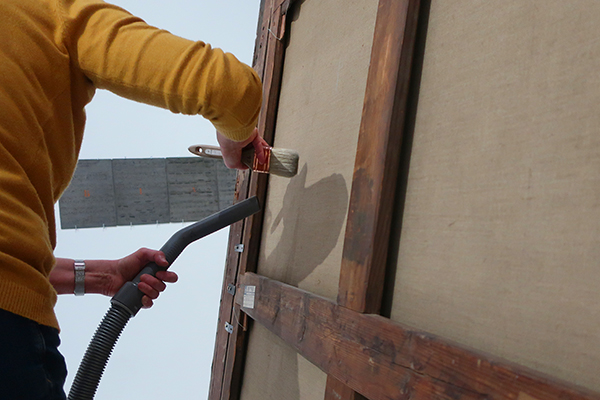
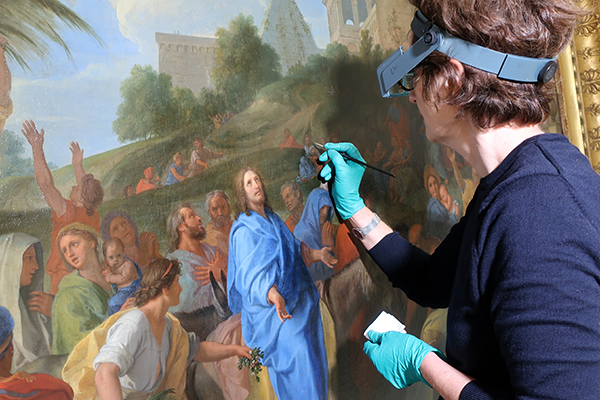
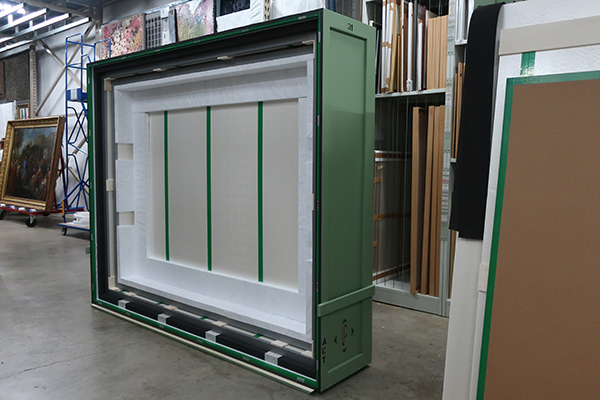
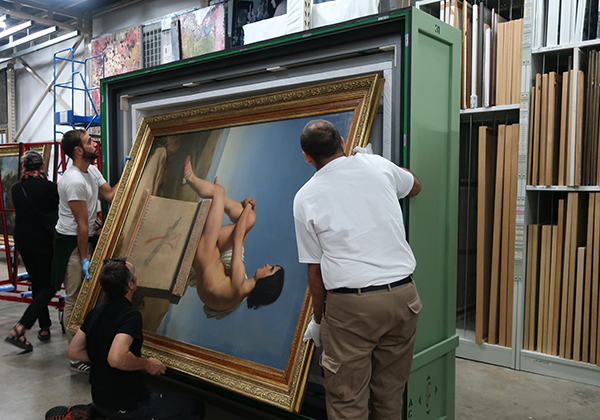
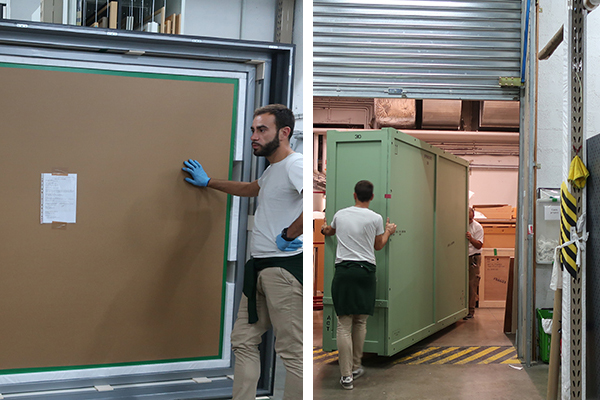
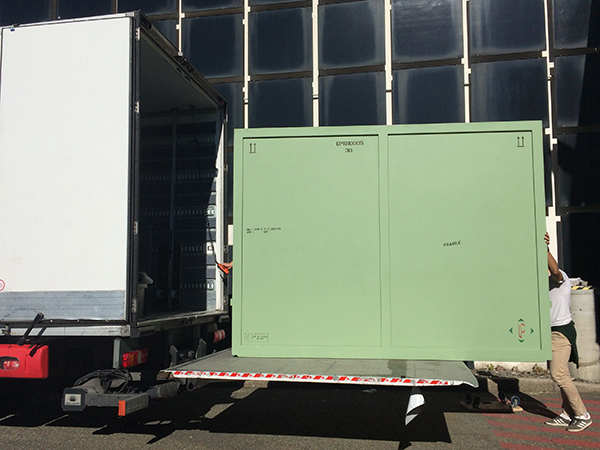
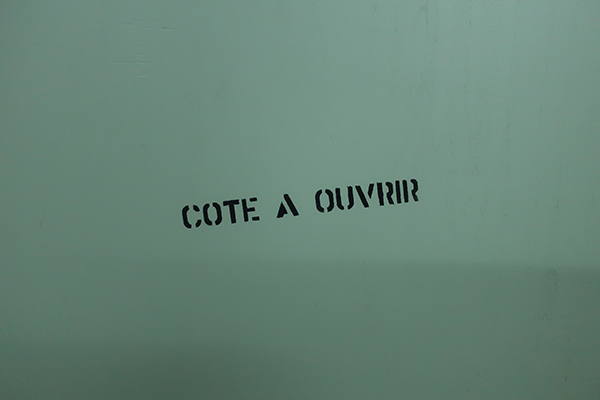
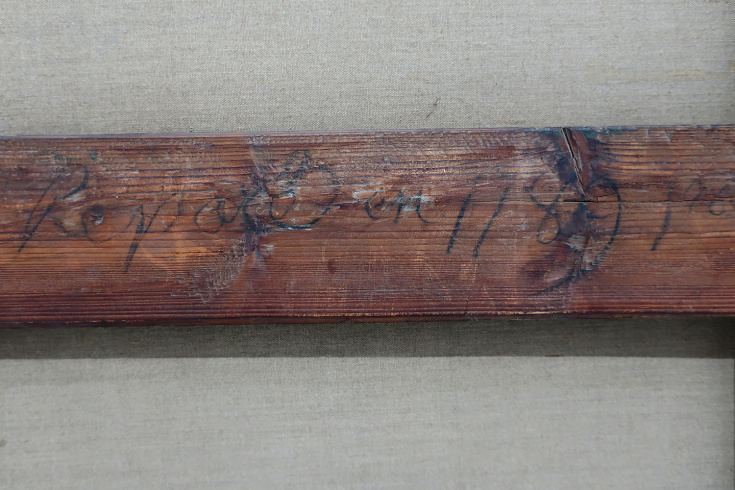
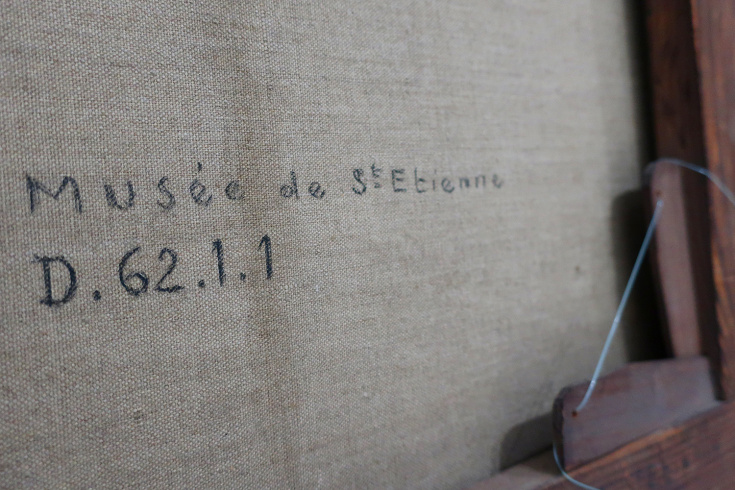
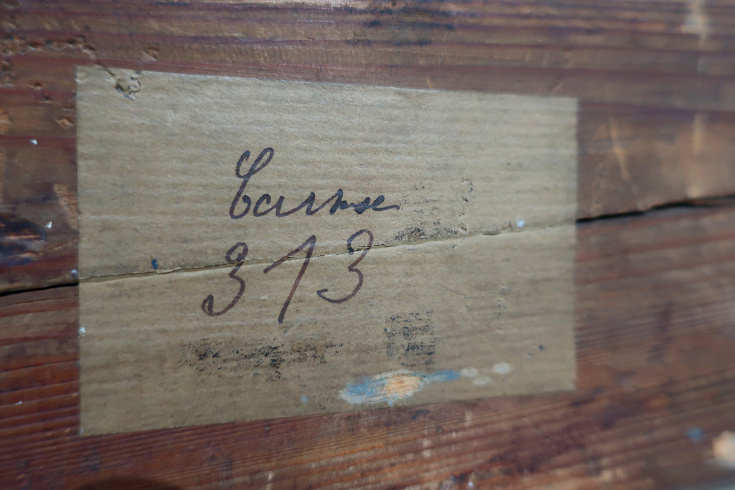
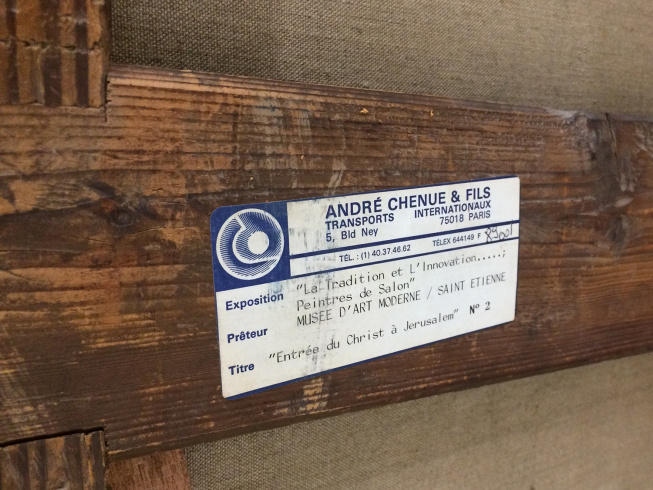
Nombre de commentaires